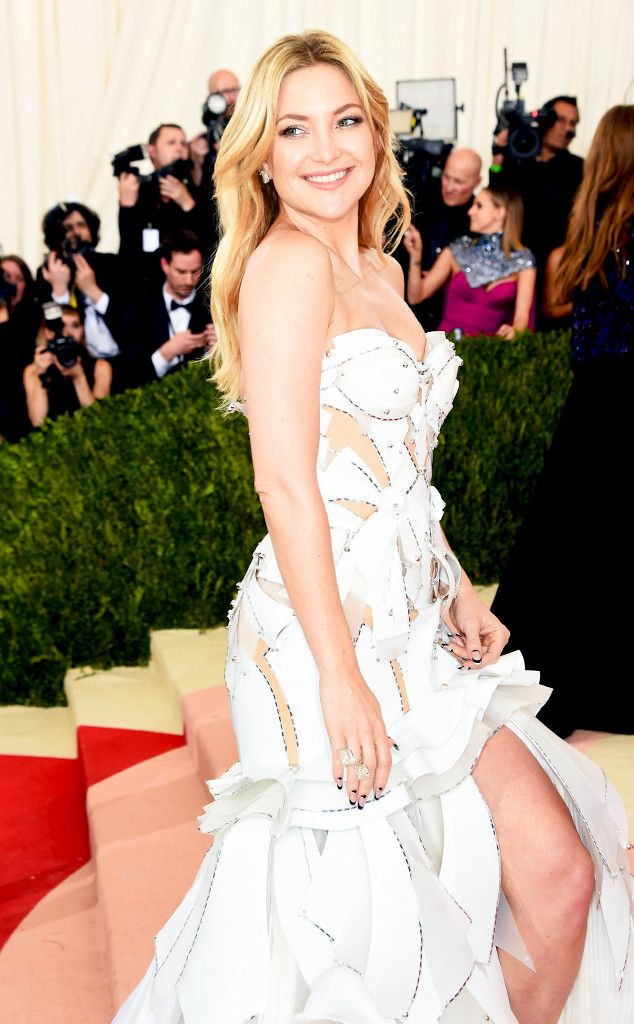When Almost Famous premiered in 2000, it introduced the world to one of the most unforgettable characters in modern cinema: Penny Lane. Played by Kate Hudson, Penny wasn’t just a supporting role—she was the soul of the film. Her luminous presence turned what could have been a stereotypical “band girl” into a layered, empathetic, and unforgettable figure. The performance earned Hudson a Golden Globe, an Academy Award nomination, and a permanent place in the cultural imagination.

The Power of First Impressions
Penny Lane’s entrance is a masterclass in subtlety. Hudson doesn’t storm into the scene demanding attention. Instead, she lets presence do the work. A glance, a slight smile, a playful gesture—these micro-choices create a gravitational pull. Rather than announcing herself, she makes others gravitate toward her. This understated strategy set the tone for the character, making Penny not just magnetic but deeply intriguing.
Video: Almost Famous – Tiny Dancer
Building Bonds on the Road
One of the most memorable sequences comes on the tour bus with Elton John’s Tiny Dancer playing. The moment is iconic, not because Penny dominates it, but because Hudson understands when to lean in. She joins the group singalong not first, not last, but precisely when it matters—bridging the divide between fractured egos and restoring a sense of family. In doing so, she shows Penny as a quiet leader, someone who holds the group together with grace rather than force.
The Beauty of Stillness
Some of Hudson’s strongest work in Almost Famous happens in the quiet. In late-night hotel conversations with William, Penny’s silence speaks louder than words. A chin tilted down, knees drawn close, eyes holding on just a second too long—all of these choices create emotional weight without dialogue. Hudson plays these silences like music, letting the audience feel the history and pain Penny doesn’t verbalize.
The Glitter and the Cracks
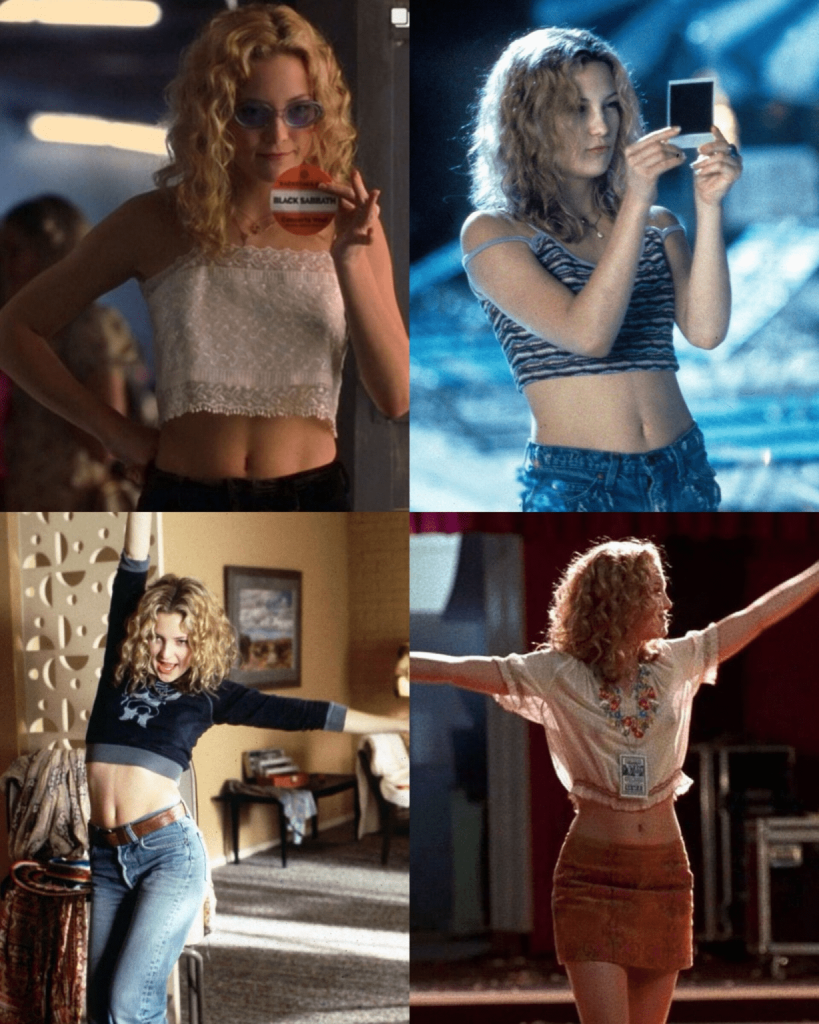
On the surface, Penny Lane sparkles. She glides through parties with charisma, adored by everyone in the room. But Hudson adds texture beneath the glitter—a blink held too long, a laugh delayed, a smile that doesn’t quite reach the eyes. These cracks remind us that adoration has a price, and behind the glow is a woman reckoning with the fragility of her role in this world. It’s this duality—radiance mixed with ache—that keeps the performance timeless.
A Shift Toward Vulnerability
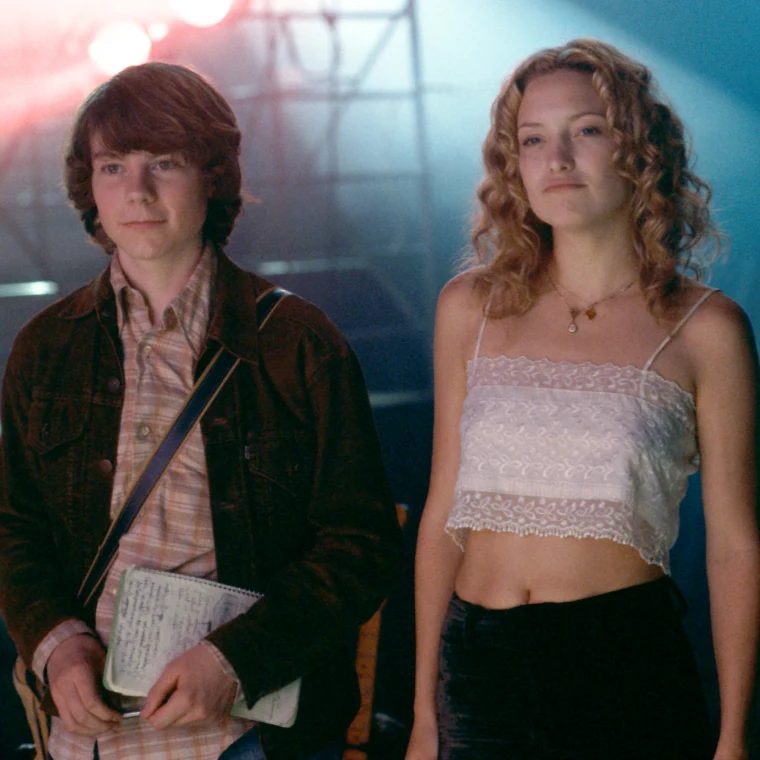
As the story pivots and the dream starts to crumble, Hudson calibrates Penny’s performance beautifully. She doesn’t collapse into melodrama. Instead, she pulls her coat tighter, measures her smiles, and offers kindness tinged with cost. Her dignity never disappears, but the light dims just enough to remind us that the party can’t last forever. This honesty makes Penny resonate even more powerfully—she’s not invincible, but she’s real.
Craft Behind the Character
Video: Kate Hudson Rewatches How to Lose a Guy in 10 Days, Almost Famous, Bride Wars & More
What makes Hudson’s Penny Lane extraordinary is the craft behind the performance:
- Voice and tempo: playful in light moments, measured when boundaries matter.
- Eye lines: often gazing just past others, subtly signaling distance and self-awareness.
- Props as partners: her coat, sunglasses, and tickets aren’t accessories; they’re extensions of her inner life.
- Blocking: standing just outside the circle of musicians, close enough to belong, yet far enough to maintain independence.
These techniques turn Penny into more than a character—they make her feel like someone you’ve known, admired, and maybe even loved.
Why the Music Matters
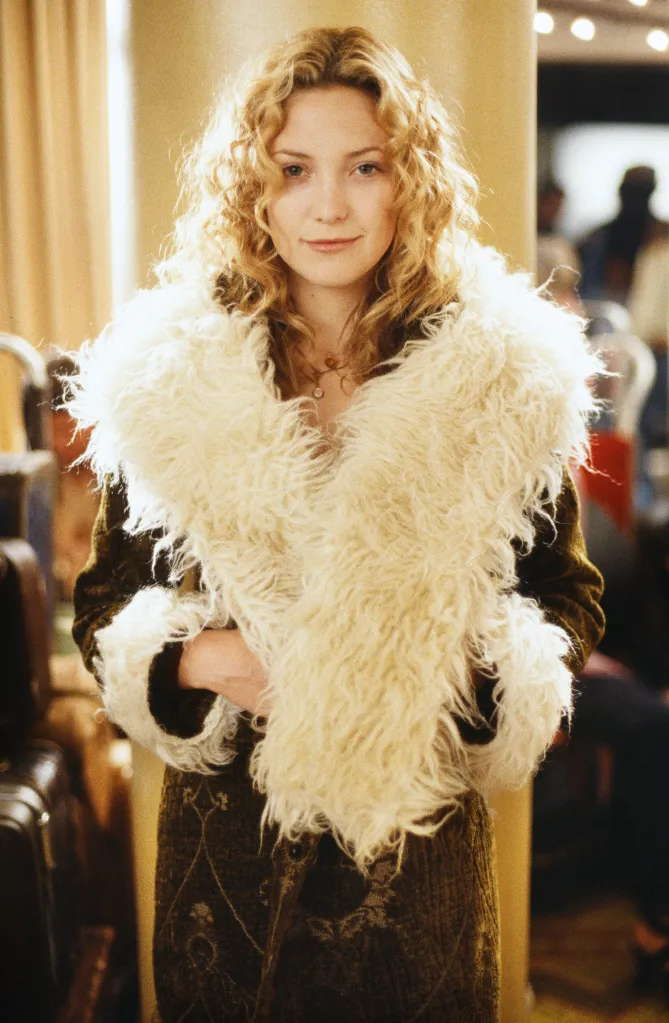
Music is the heartbeat of Almost Famous, and for Penny, it’s her unspoken diary. From singalongs to background cues, songs articulate what she can’t say. The soundtrack becomes emotional cartography, charting her highs and lows without exposition. Through music, the film shows that community and connection are built not just in words but in shared rhythm.
A Cultural Touchstone of the 1970s
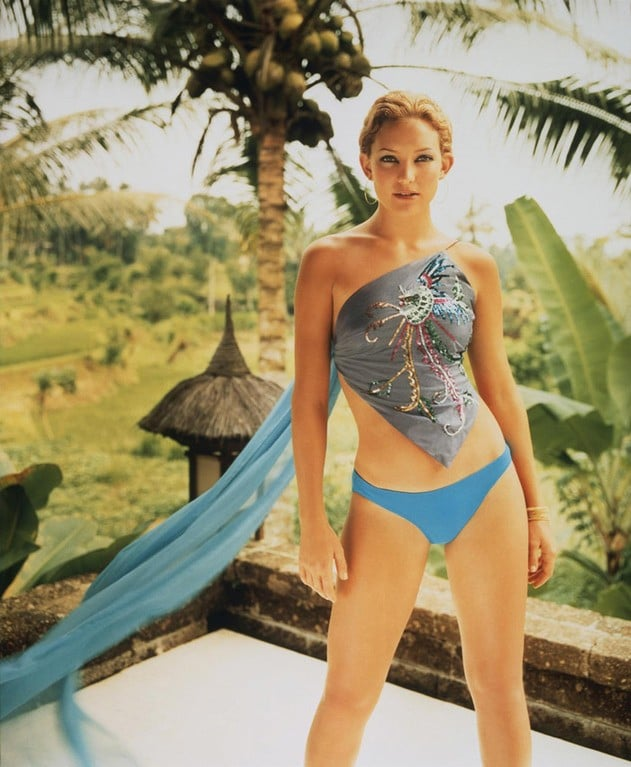
Penny Lane is inseparable from the early 1970s—an era of fading idealism and rising pragmatism. She represents a generation balancing freedom with fragility. The film avoids cliché by portraying her not just as a “muse,” but as someone doing emotional labor—curating moods, managing egos, and holding space for others. Hudson’s empathy highlights those contributions, reframing women’s roles in rock culture as central rather than peripheral.
Recognition and Lasting Impact
Video: Kate Hudson Performs a Doo-Wop Version of Ariana Grande’s “7 Rings”
Hudson’s performance received immediate acclaim, winning her a Golden Globe and an Oscar nomination. Yet the role’s impact has only grown. Online, Penny Lane lives on through quotes, costumes, and GIFs that continue to circulate with younger audiences. Many discover her first as an aesthetic—bohemian coat, eyeliner, free spirit—then stay for the humanity underneath. That two-layered discovery explains why Penny Lane still resonates 25 years later.
A Performance That Inspires Creators

Modern storytellers can learn much from Hudson’s Penny Lane:
- Make entrances suggest history, not exposition.
- Let silence speak as loudly as dialogue.
- Use props as emotional tools, not just decoration.
- Keep contradictions alive—characters stay engaging when they remain a little unreadable.
These lessons help explain why Hudson’s performance remains a touchstone for actors and directors alike.
Conclusion: Why Penny Lane Still Shines
Kate Hudson’s turn as Penny Lane is more than just a breakout role—it’s a masterclass in nuance, vulnerability, and charisma. She took a character that could have been one-dimensional and gave her layers that continue to captivate decades later. Penny is at once the room’s brightest star and its quiet conscience, embodying both allure and wisdom.
Almost Famous may have been the story of a young journalist, but with Penny Lane, it became a story about longing, belonging, and the cost of being unforgettable. Hudson didn’t just act the part—she etched it into cultural memory. And that’s why Penny Lane remains one of cinema’s most enduring icons.
